E.T.A. Hoffmann’s tale of a young man turned into a novelty kitchen gadget by an evil rodent isn’t obvious dance material, and yet here we are, up to our plastic tiaras in sugar plums. Four Nutcrackers in London alone and an average of 200 productions, amateur and professional, across the Atlantic.
Already a subscriber? Log in
Subscribe for just $2 a week
Try a month of The Spectator Australia absolutely free and without commitment. Not only that but – if you choose to continue – you’ll pay just $2 a week for your first year.
- Unlimited access to spectator.com.au and app
- The weekly edition on the Spectator Australia app
- Spectator podcasts and newsletters
- Full access to spectator.co.uk
Unlock this article
The Nutcracker is at the Royal Opera House (RB) until 8 January, the Coliseum (ENB) until 8 January, the Royal Albert Hall (BRB) from 28–31 December, at Sadler’s Wells (Matthew Bourne) until 30 January, and at the Festival Theatre, Edinburgh, and touring (Scottish Ballet), until 12 February.
You might disagree with half of it, but you’ll enjoy reading all of it. Try your first month for free, then just $2 a week for the remainder of your first year.

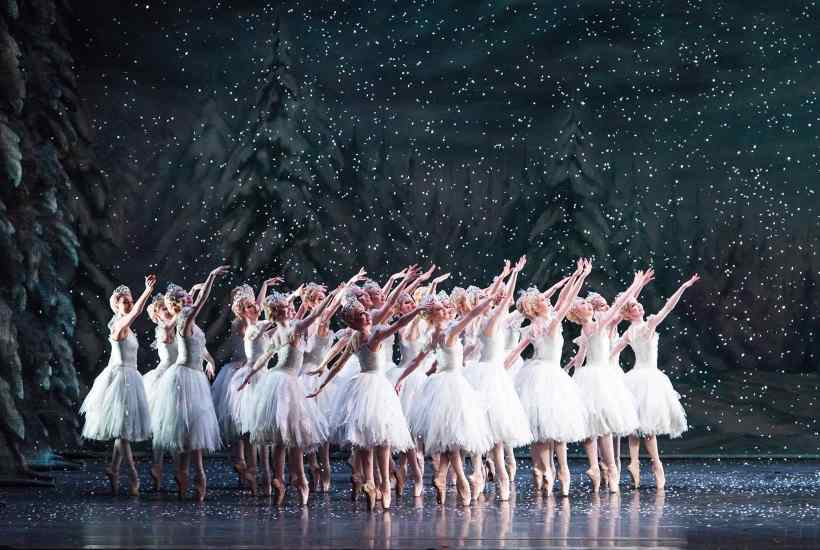
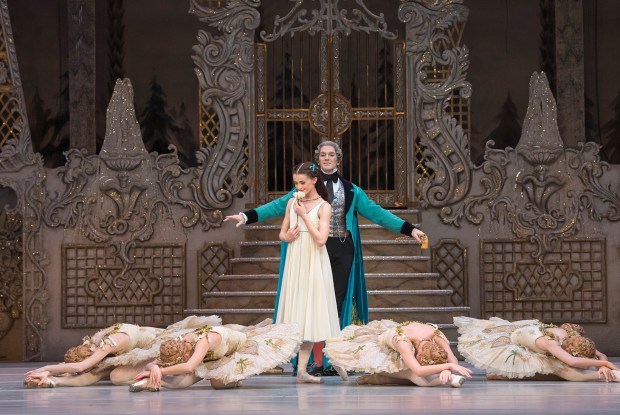
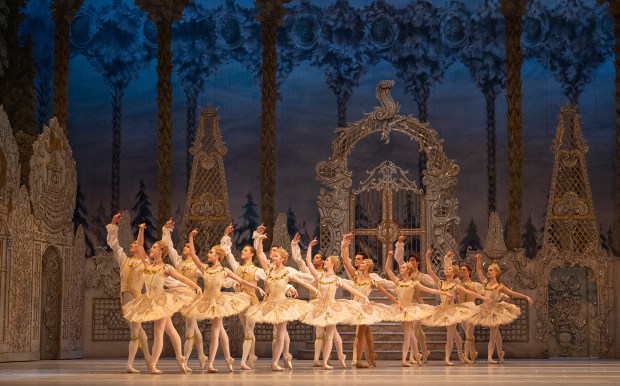
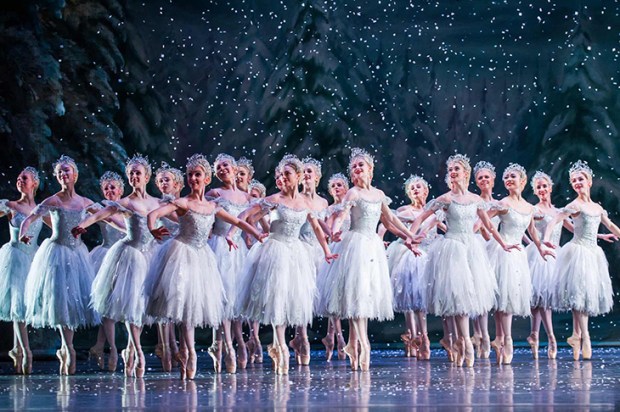
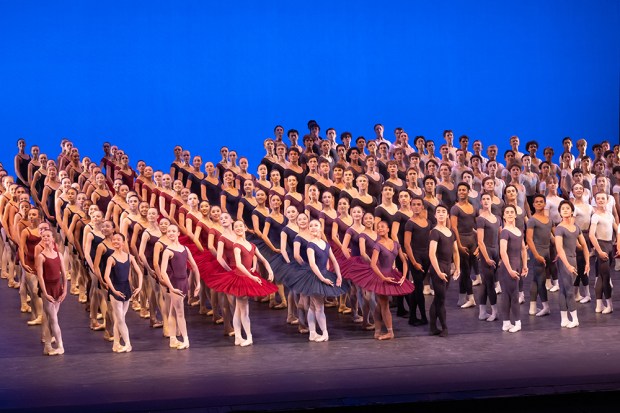
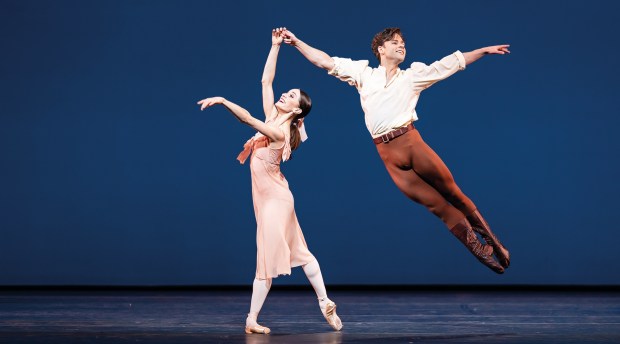
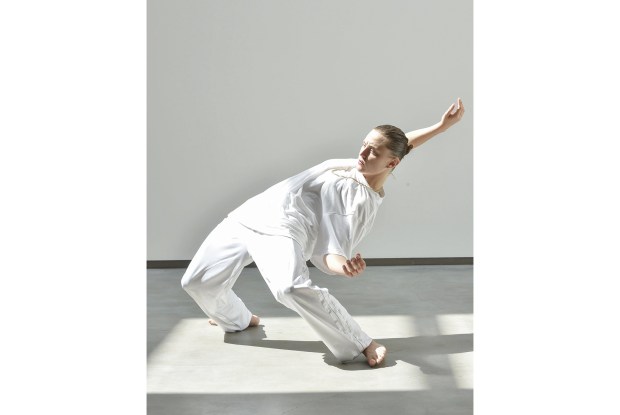






Comments
Don't miss out
Join the conversation with other Spectator Australia readers. Subscribe to leave a comment.
SUBSCRIBEAlready a subscriber? Log in